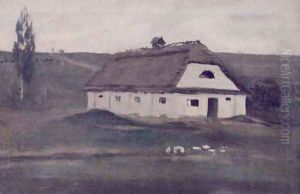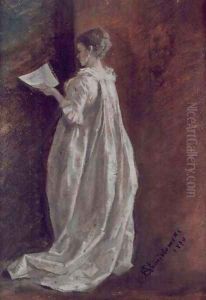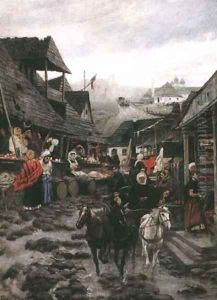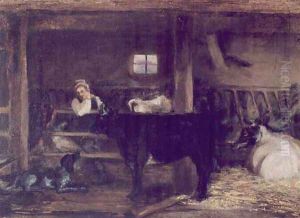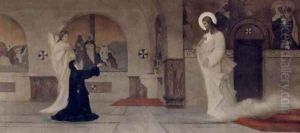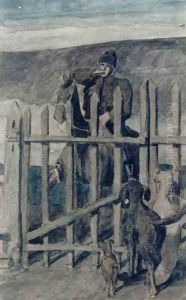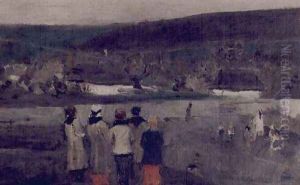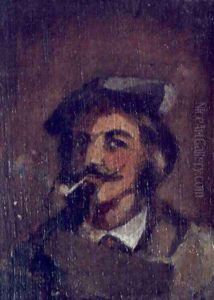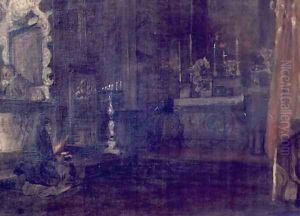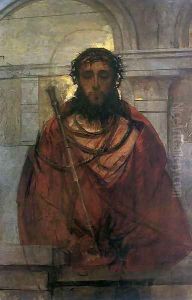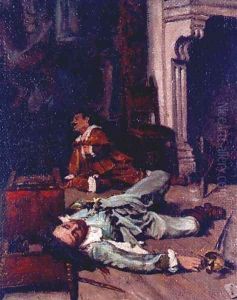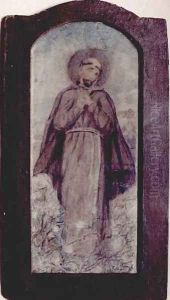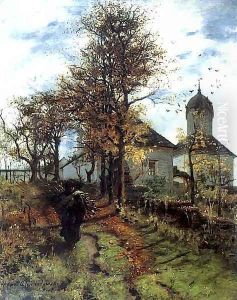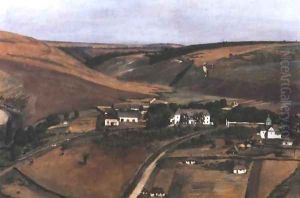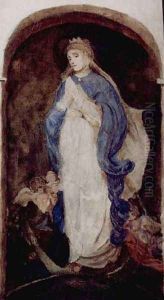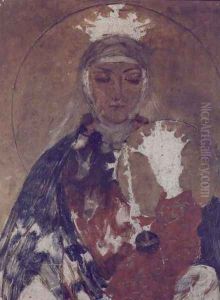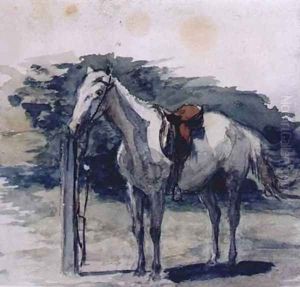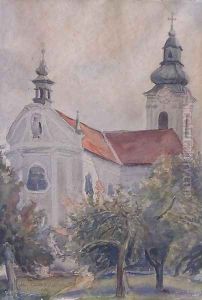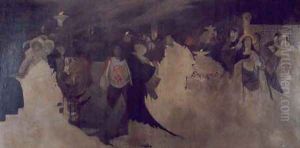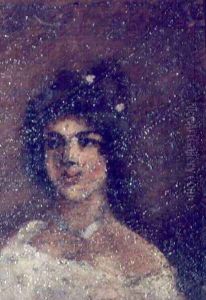Adam Chmielowski Paintings
Adam Chmielowski, also known as Saint Brother Albert, was a notable Polish artist and a founder of the Albertine Brothers and Sisters, who serve the poor and homeless. Born on August 20, 1845, in Igołomia, near Kraków, Poland, he was initially known for his work as a painter. He grew up in a wealthy aristocratic family but faced hardship early in his life when he lost his parents and was raised by relatives.
Chmielowski pursued his passion for art and studied at the School of Fine Arts in Warsaw. However, his studies were interrupted by his participation in the January Uprising against the Russian Empire in 1863, an event that profoundly influenced his life. During the conflict, he suffered a severe leg injury that necessitated the amputation of his leg, which left him with a permanent disability.
After the uprising, Chmielowski went into exile. He lived in Belgium, where he continued his art studies, and then moved to France. In Paris, he was influenced by the works of French realists and developed his artistic skills. His paintings, which often depicted the lives of the poor and the marginalized, were well-received and gained recognition.
In the late 1870s, Chmielowski returned to Poland and continued to paint. He lived a bohemian lifestyle but experienced a spiritual transformation that led him to a deeper Christian faith. This change directed his life towards serving the poor. In 1887, he took religious vows and became known as Brother Albert.
Brother Albert devoted his life to helping those in need. He established the Albertine Brothers and later the Albertine Sisters, with both orders focusing on caring for the poor, the sick, and the homeless. He became a revered figure for his charitable work and was known for his humility and compassion.
Adam Chmielowski's artistic talents and deep empathy for human suffering made him a unique figure in both the art world and the realm of social work. He died on December 25, 1916, in Kraków. Pope John Paul II beatified him in 1983 and canonized him as a saint in the Roman Catholic Church in 1989. His life continues to inspire many, and his legacy is celebrated in both his artistic achievements and his profound commitment to social service.
